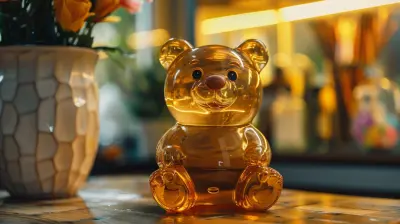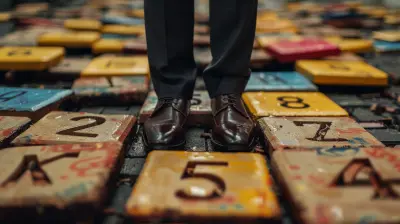How Loyalty Programs Can Enhance Customer Experience
13 October 2025
If you've ever signed up for a coffee shop punch card or racked up points on your favorite online store, you've already witnessed the magic of loyalty programs. They're not just nifty tools to earn freebies—they’re powerful strategies brands use to turn casual buyers into raving fans.
But how exactly do loyalty programs improve the customer experience? What makes them more than just rewards schemes? And why do businesses that prioritize loyalty often outshine their competitors?
Let’s pull back the curtain and dive deep into how loyalty programs can enhance customer experience in engaging, meaningful, and — dare I say — profitable ways.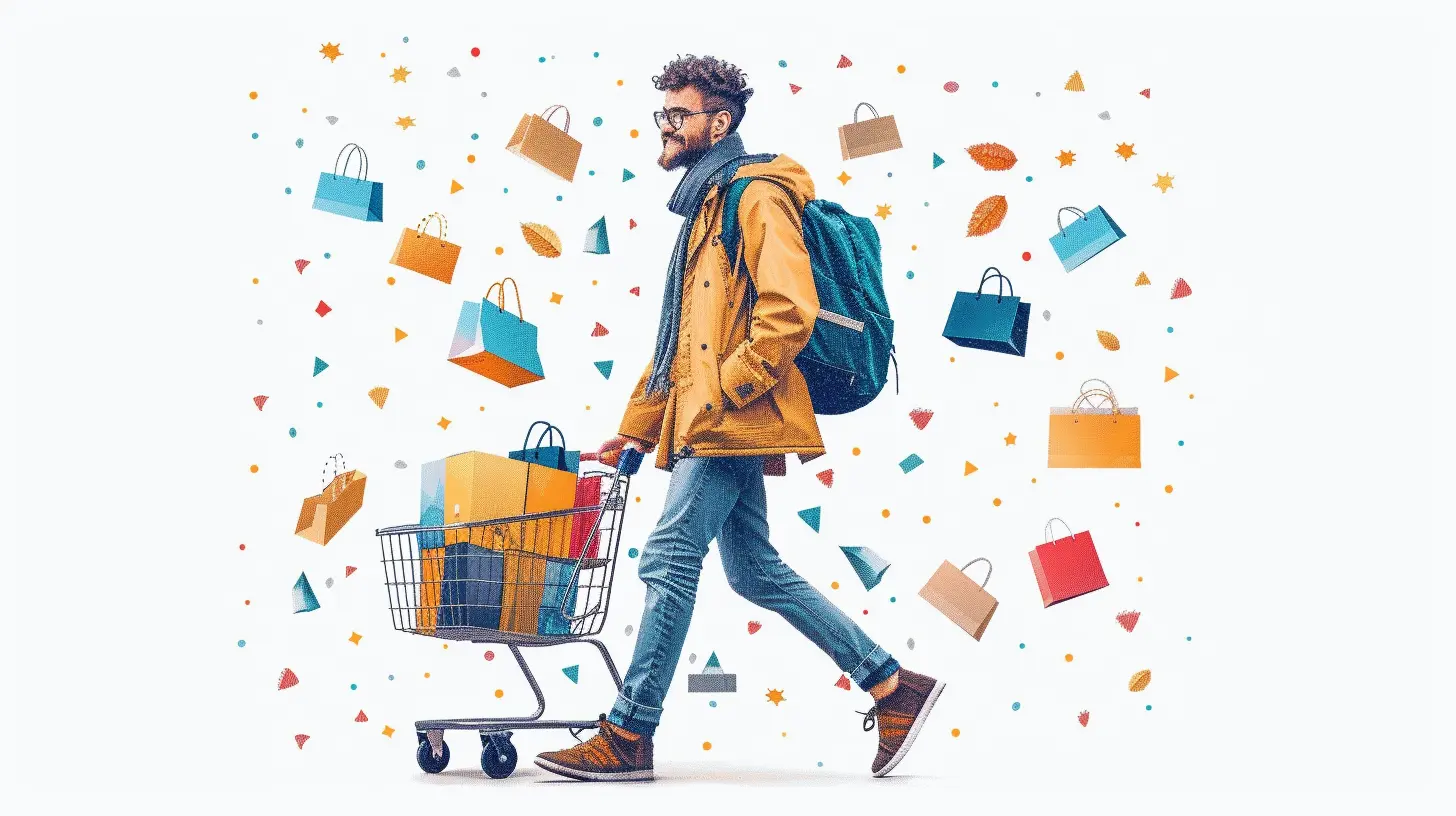
What Exactly Is a Loyalty Program?
A loyalty program is a marketing strategy that encourages customers to keep buying from a brand by offering them rewards. These rewards can come in many forms: points, discounts, exclusive content, early access to products, or even personalized gifts.Think of it like this: You're at your favorite coffee shop, and every time you buy a drink, the barista stamps your card. Ten drinks in, and you get one free. That tiny incentive keeps you coming back because it feels like there's a small "thank you" waiting for your loyalty.
Now scale that up with technology, mobile apps, and data-driven personalization, and you're looking at a modern loyalty program powerhouse.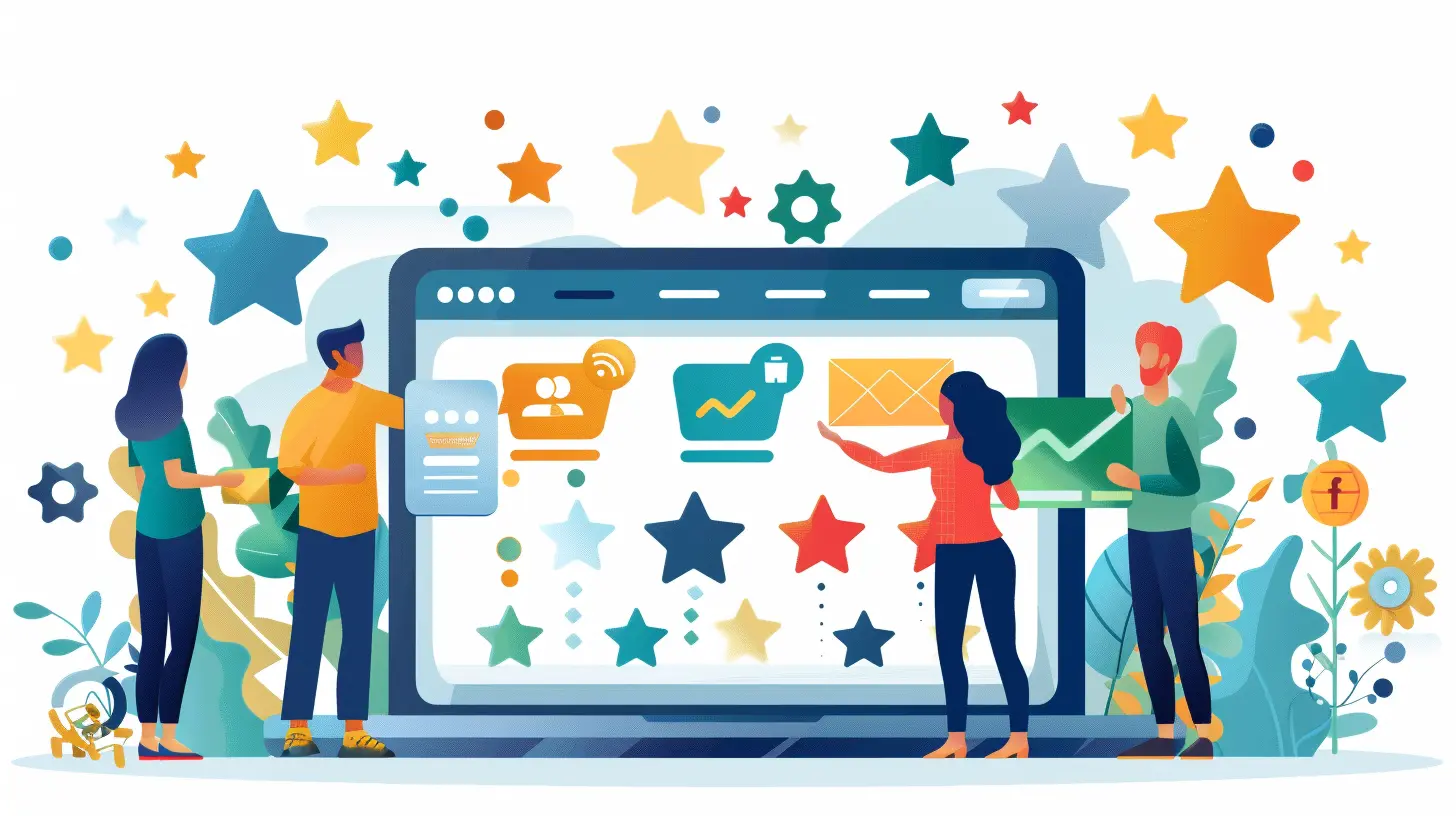
Why Customer Experience Matters
Before we get ahead of ourselves, let’s talk about customer experience (CX) for a second.CX is everything a customer experiences when interacting with your brand — from browsing your website to opening your emails to posting about you on Instagram. A good customer experience makes them loyal, while a bad one, well...you probably won’t see them again.
So, how do loyalty programs tie into this?
They create positive, value-packed interactions that make your customers feel appreciated — not just as buyers but as people. And feeling valued? That's the golden ticket in any relationship.
How Loyalty Programs Supercharge Customer Experience
1. They Create Emotional Connections
Let’s face it — we’re emotional creatures. We don’t always buy based on logic. Loyalty programs cue into our emotions, especially when they’re personalized.When a brand remembers your birthday, celebrates your anniversary with a discount, or rewards you for simply being around? That feels special. It builds a relationship.
You’re no longer just another transaction.
You’re part of the inner circle.
2. They Reward More Than Just Spending
Modern loyalty programs go beyond "spend X, get Y." They recognize and reward engagement too. Shared a product on social media? Wrote a review? Attended an event? Boom — points to you.This shift adds dimension to the customer experience. It’s not just transactional; it’s relational. You're involved in the brand's community, and your participation earns value.
If that isn't an enriched experience, I don't know what is.
3. They Encourage Repeat Purchases With Less Effort
Let’s do a little thought experiment. You’ve got two stores selling the same shoes. One offers you points on every purchase, and the other doesn’t. Which one would you go back to?Exactly.
Loyalty programs lower the barrier to repeat buying. They give customers that little nudge — “Hey, you’re already close to your next reward!” — which often tips the scale in your favor.
It’s like gamification with real benefits. Who wouldn’t want to keep playing?
4. They Help Personalize the Entire Journey
This part's huge.When customers sign up for loyalty programs, they typically provide personal preferences, shopping behavior, or demographic information. Brands can use that data (ethically and responsibly!) to tailor experiences uniquely to them.
Personalized product recommendations, exclusive deals on favorite items, early access to events — all powered by data-driven insights from loyalty programs.
It’s like walking into a store where the clerk knows your name, your size, and your favorite color. Only, this store lives in your phone.
5. They Increase Customer Satisfaction and Trust
A well-designed loyalty program is transparent, easy to use, and delivers what it promises. And nothing builds trust like consistency and reliability.When customers see their efforts being rewarded — be it through points adding up or incentives showing up when expected — satisfaction increases. And satisfied customers? They stick around.
They also tend to tell their friends.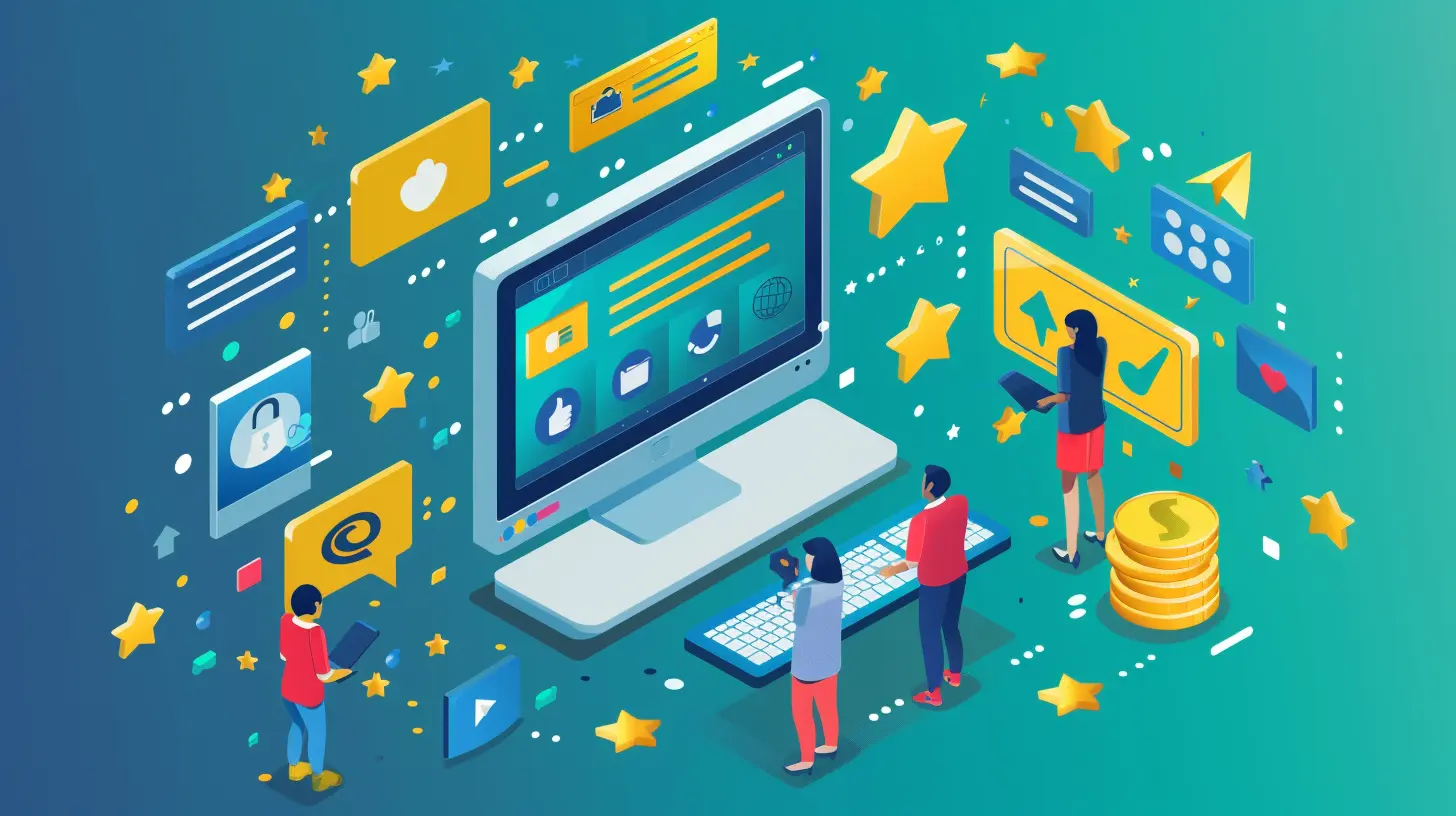
Real-World Examples of Loyalty Programs Elevating CX
Let’s bring this theory to life with a few examples you might recognize.Starbucks Rewards
This program is the poster child of modern loyalty. Members earn stars on every purchase, which can be redeemed for free drinks or food. But more than that, Starbucks uses app-driven personalization to recommend drinks, offer birthday freebies, and let users pre-order.The experience feels smooth, personal, and genuinely rewarding.
Sephora Beauty Insider
Sephora doesn’t just reward purchases — it turns loyalty into an experience. Members get access to exclusive products, birthday gifts, and even in-store experiences. Plus, the tiered system makes you want to level up (because who doesn’t want that VIP Rouge status?).The whole program is built around feeling seen and celebrated.
Amazon Prime
While technically a membership, Amazon Prime is a next-level loyalty engine. Free shipping, Prime Video, early access to deals — all for a flat annual fee. Prime members shop more, stay longer, and expect more because Prime keeps the experience seamless and full of perks.And guess what? That loyalty has turned Amazon into the behemoth it is today.
What Makes a Loyalty Program Truly Effective?
Not all loyalty programs are created equal. You can't just slap a "Buy 10, Get 1 Free" sticker on your product and call it a day.Here are some key characteristics that make a loyalty program stand out:
Simple and Easy to Use
If it takes a 15-minute tutorial to sign up or navigate your rewards, you’ve already lost the customer.Make signups quick. Keep redemption effortless. And please, no confusing fine print.
Valuable for the Customer
Points should actually mean something. If it takes 10,000 points to earn a $5 coupon, you’re not creating value — you’re creating frustration.Balance effort with reward. Make each point feel powerful.
Personal and Relevant
Leverage data to personalize the journey. Don’t send shoe promotions to someone who only shops for skincare.Use customer history to fine-tune what you offer — not just what you sell, but how you talk to them.
Emotional and Social
People love to belong. Create tiers or communities within your program. Encourage social sharing. Celebrate milestones.Make your loyalty program feel like a club, not a coupon dispenser.
Challenges to Watch Out For
Let’s not sugarcoat it — loyalty programs can flop if you’re not careful. Here are a few potholes to sidestep:- Overcomplication: Don’t make rules so dense they feel like legal contracts.
- Low perceived value: If rewards aren’t appealing, people won’t engage.
- Lack of communication: If you’re not reminding customers of their points, perks, or progress, you’re wasting potential.
- Not adapting over time: Trends change, customer needs evolve. Keep your program fresh and flexible.
The Long-Term Payoff
At their best, loyalty programs are more than reward systems — they’re relationship builders. They shift your brand from a one-time stop to a regular part of a customer’s life.And guess what?
Loyal customers:
- Spend more over time.
- Cost less to retain than acquiring new ones.
- Are more likely to refer friends and family.
- Forgive occasional mistakes because the relationship runs deeper.
So yeah, loyalty programs don’t just enhance the customer experience — they transform it. And in doing so, they boost your bottom line.
Wrapping Up
If you’re building a brand and want to win hearts (and wallets), a loyalty program is a no-brainer.But let’s be real — it’s not just about earning points and freebies. It’s about forging authentic, emotional connections. About making customers feel like partners, not just purchasers.
When done right, loyalty programs can become the secret sauce behind your customer experience strategy — delighting users, driving repeat business, and building a fanbase that loves to stick around.
So, what are you waiting for? It might be time to reward those who’ve already chosen you.
all images in this post were generated using AI tools
Category:
Customer ExperienceAuthor:

Matthew Scott
Discussion
rate this article
1 comments
Elara Daniels
Great insights! Loyalty programs really do add a personal touch, making customers feel valued. Excited to see how they evolve in the future!
October 23, 2025 at 3:42 AM

Matthew Scott
Thank you! I'm glad you found the insights valuable. Excited to see the future innovations in loyalty programs as well!

